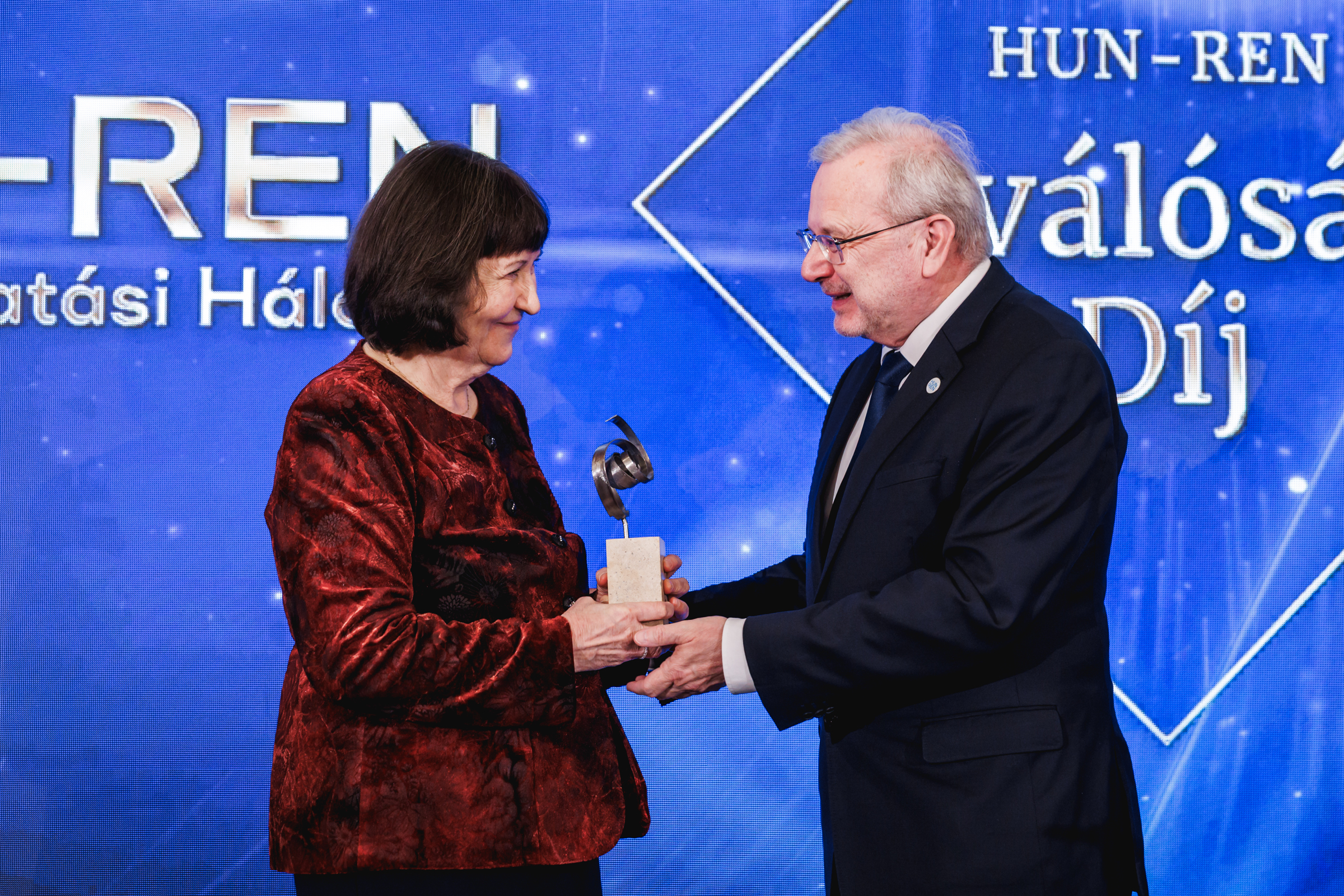CER researchers will contribute to the design of cost-effective water management interventions by monitoring surface water flows under their "Riverine" project
The Eötvös Loránd Research Network supports the public benefit activities of the Institute of Aquatic Ecology of the ELKH Centre for Ecological Research (CER), where ecologists of the institute have been continuously studying the communities of organisms in our surface watercourses since April this year. In the "Riverine" project, researchers are also studying the rate of silting and the impact of desiccation, using microbiological and molecular methods. The research covers monitoring watercourses, from drying watercourses to the study of the Danube, Europe's second largest river.
In summer, water quality and water protection are often the focus of attention. Although the news mostly discusses lakes used for bathing, watercourses are just as important, as without their ecosystem services (such as natural purification) our daily lives would be unimaginable. Therefore, in addition to the studies carried out by hydrologists, regular monitoring of watercourses by ecological researchers is needed.
The current project involves monthly sampling of the Danube, which is much more detailed and coordinated than routine monitoring methods. The studies are being carried out at 15 points along the main branch of the river, covering the whole of Hungary, while special attention is being paid to the impact of urbanisation, including the quality of water above and below Budapest and that entering and leaving the country. "Monitoring work on the Danube will be coordinated with a number of studies from the International Danube Expeditions carried out by the International Commission for the Protection of the Danube River (ICPDR) every six years, so that the latest data can be compared with the long-term data series" says Dr Krisztina Buczkó, CER's scientific advisor and head of the Riverine project.
In May, data showed that the amount of floating algae in the – still cold – water increased only slightly as it crossed the country. But in June, as the water was getting warmer, the algae began to multiply rapidly, with a fivefold increase between the entry and exit points. Diatoms make up about 60 percent of the floating algae, but green algae also make up a large proportion of the phytoplankton biomass. The amount of cyanobacteria in the Danube's phytoplankton is low compared to still waters, with only one detection in 22 samples, says scientific advisor Dr Éva Ács, summerizing the first results, who emphasizes that, in addition to traditional microscopic studies, molecular methods are also used to gain a more precise understanding of the Danube's biota. It is important to know that taxonomic knowledge is essential for the application of molecular methods, and the staff of the CER are internationally outstanding in this field.
In addition to phytoplankton and water chemistry studies, the program includes monitoring of zooplankton, biotechton, macroscopic plants, aquatic invertebrates, shellfish and fish. Surveying fish in the Danube requires a greater logistical effort than monitoring other organisms. "We will be out on the water in August and September, collecting data on fish in the Danube by day and sampling at night," says Dr Péter Sály.
Researchers are also carrying out sediment studies to gain a more detailed understanding of the natural and anthropogenic processes in the river and its lateral arms. The analysis of drilling samples from the Ráckevei-Soroksár Danube arm (RSD) will be used to estimate the rate of sedimentation and to measure the element and heavy metal content of the sediment. The researchers are seeking explanations for the changes observed in wildlife over decades, going back to a time when instrumental measurements were not yet possible, adds Dr Krisztina Buczkó.
Beavers play an important role in shaping the structure of watercourses and riparian habitats as natural ecosystem engineers. "In order to monitor the distribution and ecological impacts of the Eurasian beaver in the country on a wider scale, the researchers are also planning to involve the public, and are working on launching a so-called "citizen science" data collection website, which is also made possible by the support provided by the ELKH," summarizes D. Marianna Biró.
Due to climatic anomalies, our surface watercourses, which used to have a constant water supply, are more frequently drying up or becoming intermittently stagnant. To investigate the desiccation process, it is necessary to continuously monitor water level changes and to quantify the frequency and duration of desiccation. CER researchers are monitoring the effects of desiccation on the structural composition of biotic communities in elevated and lowland sample areas. They will also investigate whether water storage in drying small water bodies mitigates the negative effects of drying/drought on benthic algae and macroscopic aquatic invertebrate communities.
"We will later use our results to introduce methodological improvements, i.e. to develop indicators (indices) that will help us better assess the status of watercourses affected by desiccation. Thus, the information on the process and impact of desiccation can be used as a bechmark for future knowledge, which can be employed to plan cost-effective water management interventions," says CER's research associate Dr Viktória B-Béres in emphasizing one of the key aspects of the project.

